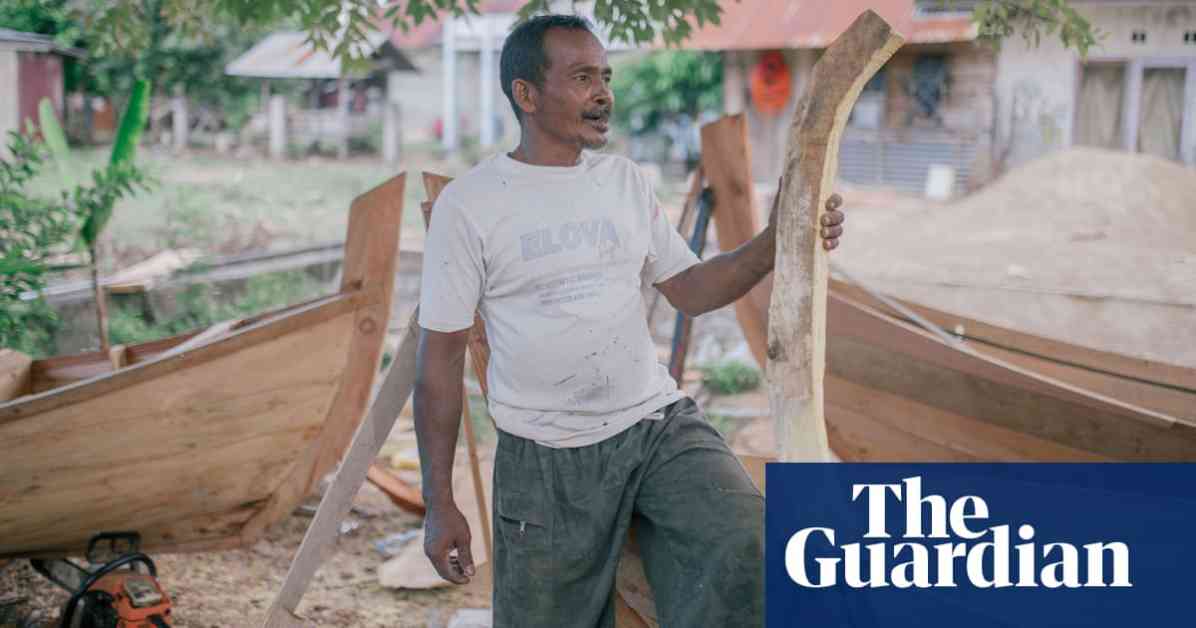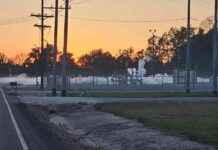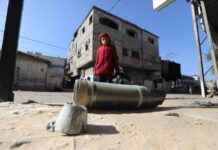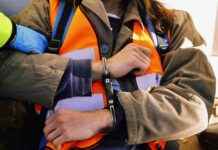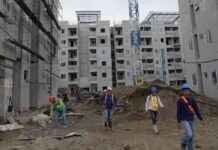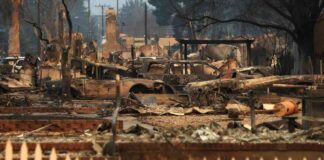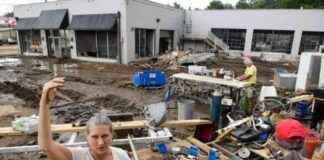Devastating Memories of the Boxing Day Tsunami
It was a typical Sunday morning in Lam Awe, a serene fishing village on the coast of Aceh, Indonesia, when Abdul Rahem, a 47-year-old fisherman, felt the earth shake violently beneath his feet. The day, December 26, 2004, would forever be etched in his memory as the Boxing Day tsunami unfolded with biblical proportions.
As Rahem strolled along the beach, enjoying the morning breeze, the ground beneath him trembled, sending shockwaves of fear through his body. The initial earthquake subsided, but what followed was a nightmare beyond comprehension. The cries of his neighbors pierced the air, signaling the impending disaster. “The water is coming,” they shouted.
Rahem’s instinct to save his elderly father kicked in, as they attempted to flee along the broken road, twisted and torn by the quake. In a moment of sheer bravery and love, Rahem refused to leave his father behind, vowing to face whatever came their way together. The waves, as high as 30 meters, crashed into the village, leaving behind a trail of destruction and despair.
Are We Better Prepared for Future Disasters?
Twenty years after the catastrophic Boxing Day tsunami claimed the lives of over 225,000 people, including Rahem’s parents and siblings, the world reflects on the lessons learned and progress made in disaster preparedness. Bernardo Aliaga, the head of tsunami resilience for Unesco, describes the 2004 tsunami as a wake-up call for the entire world on the tsunami hazard.
Since that fateful day, significant strides have been made in developing early warning systems, sharing critical information across borders, and educating communities at risk. Today, three early-warning centers operate around the clock, monitoring data in real-time to detect potential threats. These centers serve as vital lifelines, relaying warnings swiftly to vulnerable populations.
In Aceh, where the scars of the tsunami still linger, survivors like Augus Salim, 49, have become advocates for disaster preparedness. Salim’s quick thinking and knowledge of the signs saved his family, but not without profound losses. His pregnant wife, two-year-old daughter, and extended family faced the wrath of the tsunami, leaving behind a trail of heartbreak and devastation.
Challenges and Progress in Disaster Resilience
Despite the progress made in developing early warning systems and community preparedness, challenges persist. Prof Dwikorita Karnawati, the director of Indonesia’s Meteorology, Climatology and Geophysics agency, acknowledges the gaps in the current system. The reliance on seismological monitors poses limitations, especially in regions with fewer islands, impacting the accuracy of warnings.
Looking ahead, Karnawati emphasizes the need for underwater monitoring networks and enhanced community education to bridge the existing gaps. While some villages, like Salim’s, have achieved tsunami-ready certification, there are thousands more at risk. Education, consistent drills, and community engagement remain crucial components in building resilience against future disasters.
As Rahem, now a father of three daughters, navigates the haunting memories of the tsunami, the importance of preparedness weighs heavily on his heart. While the village of Lam Awe tests sirens monthly and has evacuation routes in place, the fear of reliving past traumas lingers. For Rahem, the legacy of the tsunami lives on in his memories, a constant reminder of the fragility of life and the resilience of the human spirit.

